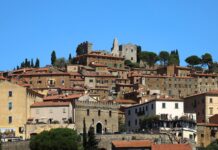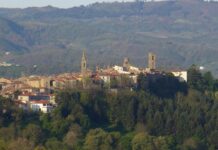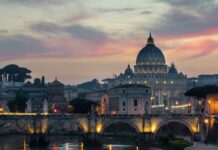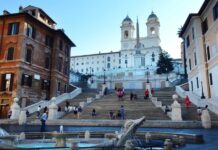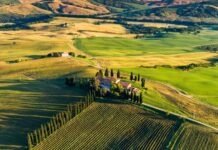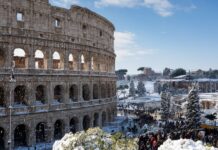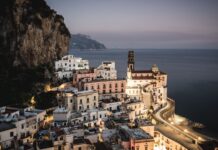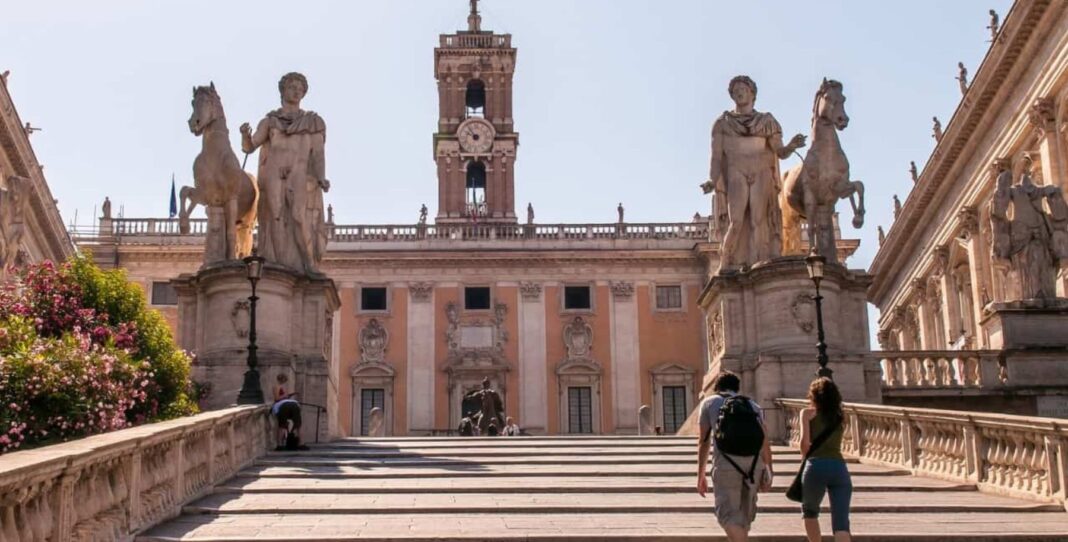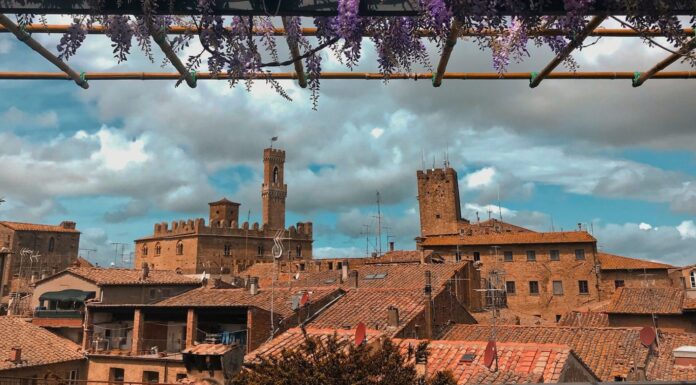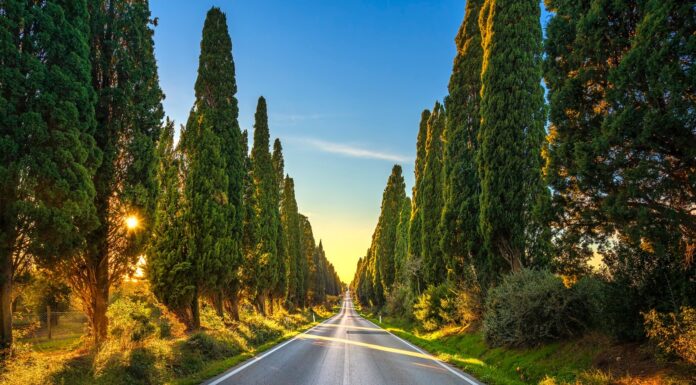Once symbolic of the epicenter of the Holy Roman Empire, Capitoline Hill may be the smallest of the 7 Roman hills, but this hill was once the political and religious heart of the city. You will encounter one of the most charming views over the Eternal City on this hill at night, and the ancient Roman history here is well preserved.
Capitoline Hill, in the earlier days, was known as Mons Saturnius, and dedicated to the god Saturn. The ancient Romans built it in 509 BC, and it was almost as large as the Parthenon. It housed the most important temples in all of Rome. Walking through the current Roman square here was the masterful work and design of Michelangelo.
Wondering where you can see the best attractions here? Keep reading as we explore how you can get the most from visiting this enchanted destination in the Eternal City.
What is Capitoline Hill?
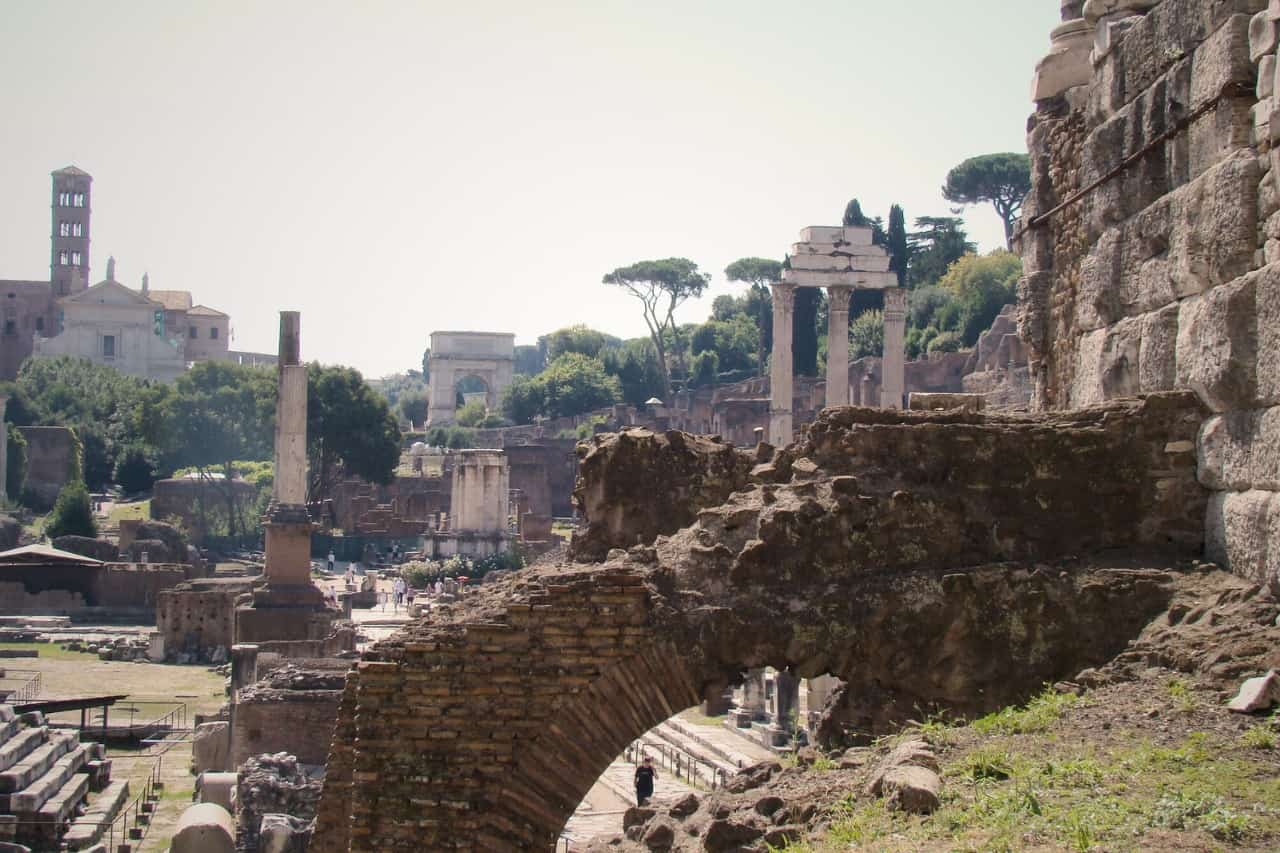
During the Roman Empire, many of the most important and massive temples sat at this location. Some of those temples included:
- Temple of Juno Moneta
- Temple of Jupiter Optimus Maximus
- Temple of Virtus
- Temple of Veiovis
- Ludi Capitolini
- Aedes Tensarum
Unfortunately, only ruins remain of the wondrous Roman temples that once existed here. When archaeologists excavated the site, they uncovered traces of a civilization that existed during the Iron Age. In ancient Rome, they considered this site the home of the mythological Roman deities Minerva, Juno, and Jupiter. Many religious festivals took place here, such as Ludi Romani, which was held in honor of Jupiter.
The most important government institutions existed here like the Senator’s palace and the Tabularium, which housed the archives of the city.
What to See in Capitoline Hill Rome?
We would recommend that you come once during the day and once at night to this area of Rome because you can access the museums during the day and enjoy the stunning views of the Roman Forum and piazza below at night. Let’s take a look at what to see in Capitoline Hill.
1. Piazza del Campidoglio

The masterpiece design of Michelangelo, Piazza del Campidoglio has no shade, so it can get hot during the midday, and you may want to visit this site either in the early morning or in the afternoon. The lighting will also prove better for photos. You can come here any time from 8 am to 8 pm, and the best seasons would either be spring or autumn.
Related article: Rome Gardens – 14 Gardens That Make the Eternal City Bloom
2. The Capitoline Museum
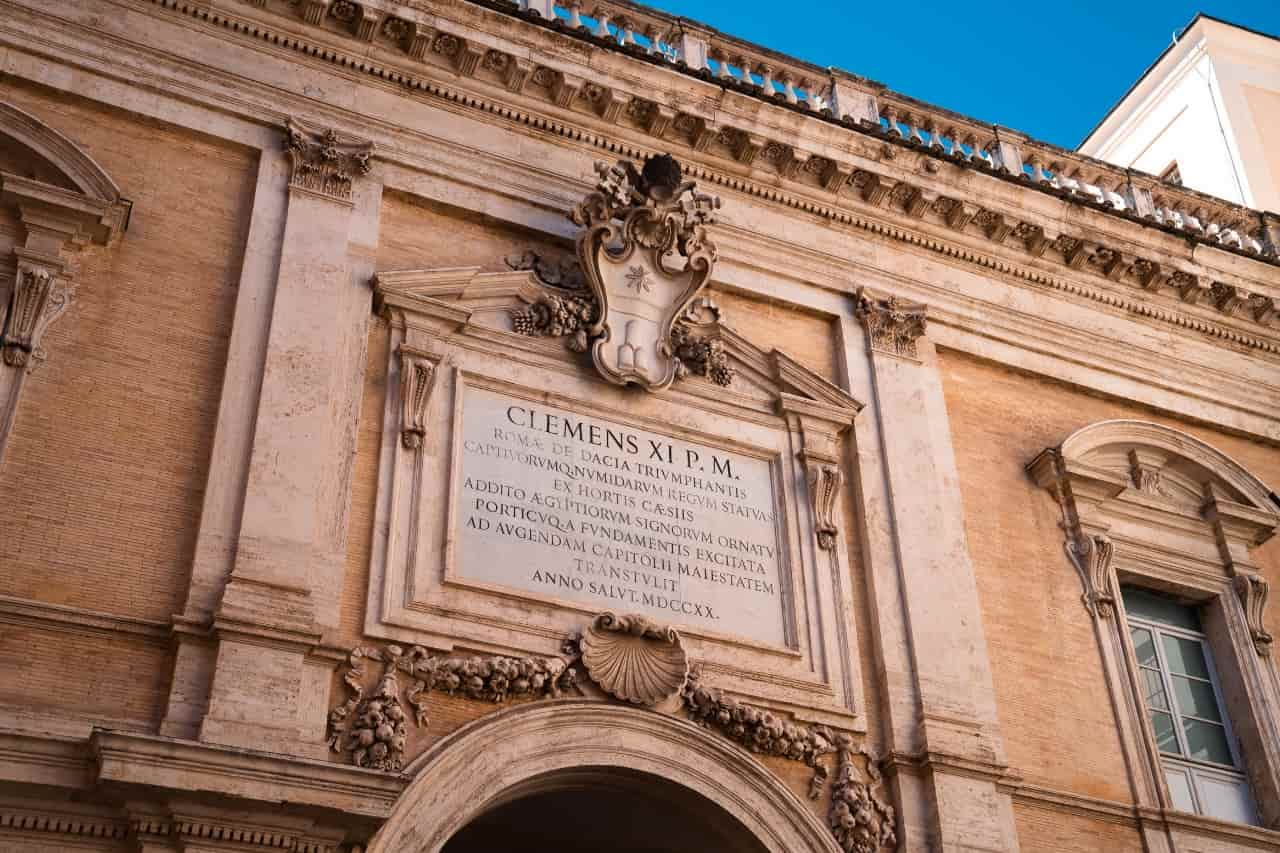
Thought of as one of the oldest museums in the world, the Capitoline Museum was established in 1734 under Clement XII. You should plan to spend at least a few hours at this museum. You want to arrive here at least one hour before closing time since that’s the last admission, but you’ll get a far better experience coming earlier.
3. The View of the Roman Forum
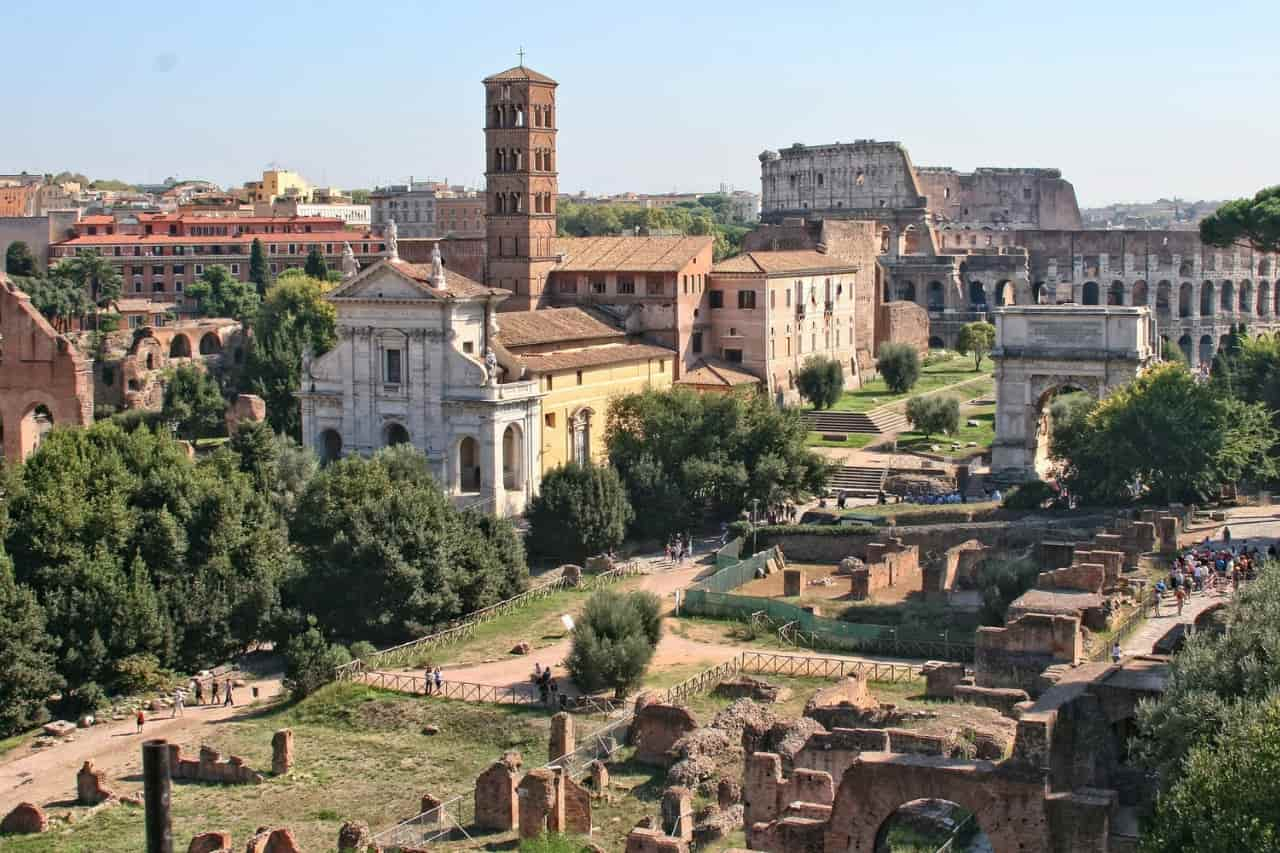
Before you receive admission to the Roman Forum, you need to go through security, which takes time. Generally speaking, you should plan for at least a half day of exploring to understand this whole area including the Colosseum. To get the best views, go to Horti from inside the Forum. When it comes to what to wear, wear comfortable shoes since it involves a lot of walking.
4. Palazzo Senatorio
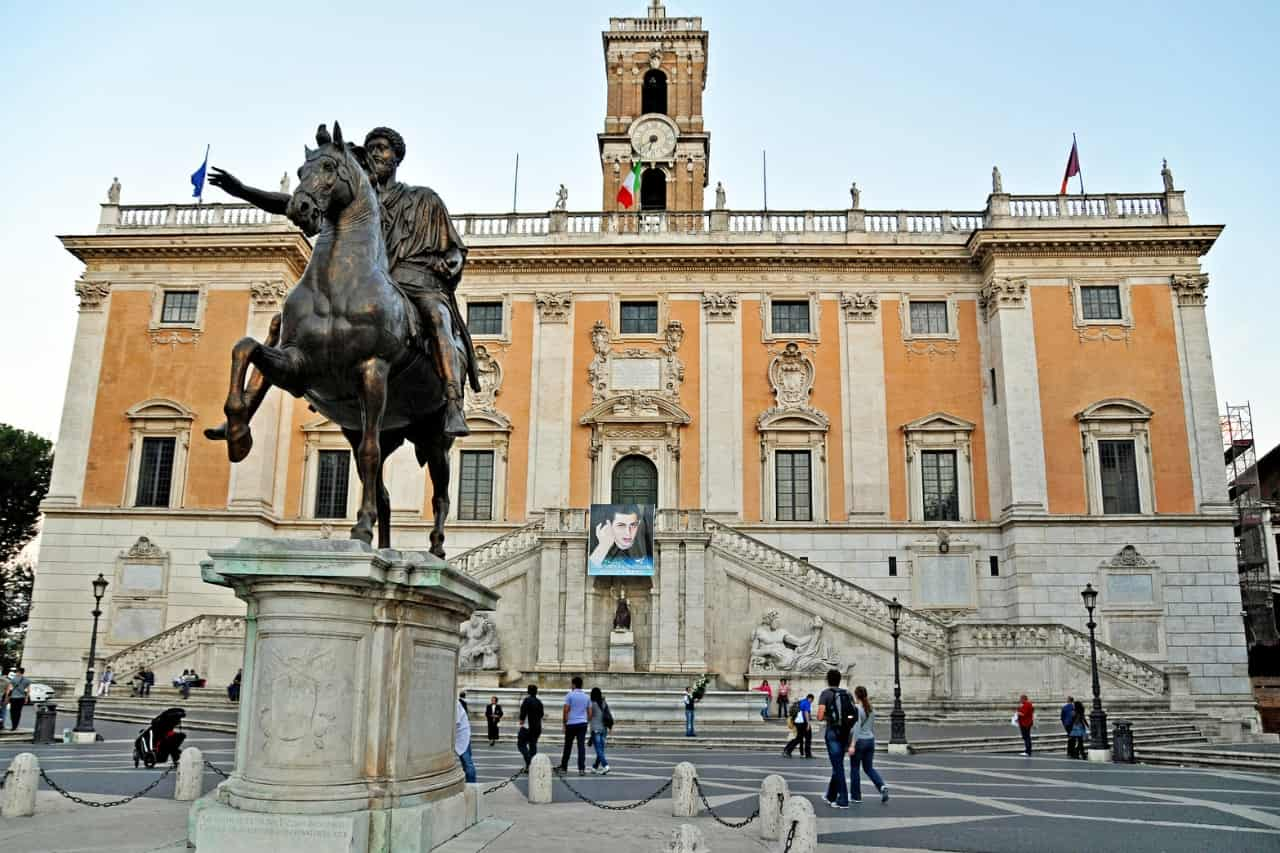
This museum dates back to 1471 making it one of the oldest museums in the world. It belongs to the Capitoline museums. Palazzo Senatorio has become somewhat of a symbol to the city, and you’ll find it in Piazza del Campidoglio. The 2 Italian palaces make up an unusual 80-degree angle. If you wish to avoid the crowds, come during the off-peak hours.
5. Palazzo dei Conservatori

A 15th century building on Capitoline Hill, on the south side of the square, they had the original site of the Papal Collection of Classical works. The artistry and sophistication is what immediately stands out. The artistic features here depend on no single generational style. Here you will encounter an underground exhibition.
6. Palazzo Nuovo
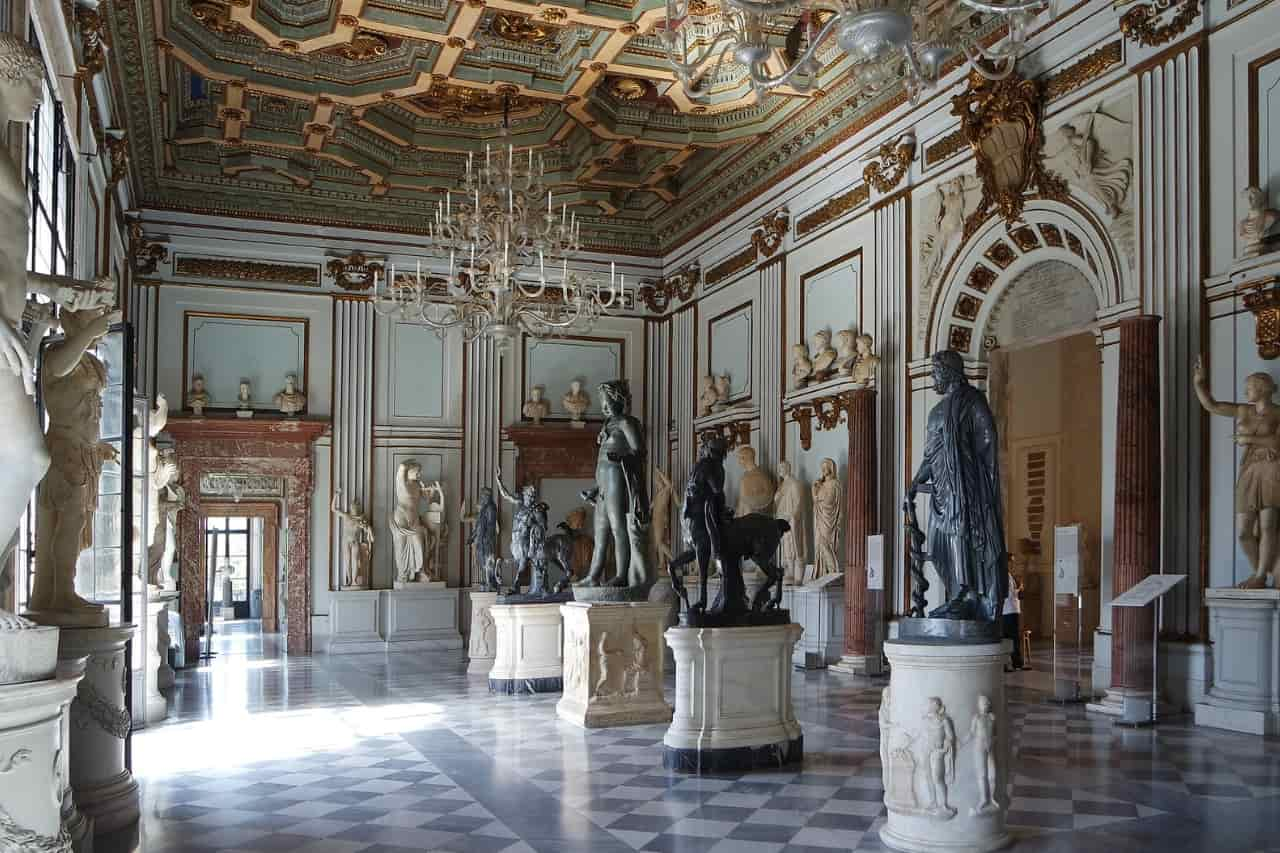
Built in the Renaissance style, Palazzo Nuovo holds ancient Greek and Roman artworks, and it’s an archaeological museum. The charm of this site hasn’t changed much since the 18th century. The star of this museum would be the Galata Morente found in Hall 8. You can also find a Roman textile of a Greek statue from the 3rd century BC.
7. The Statue of the Emperor Marcus Aurelius
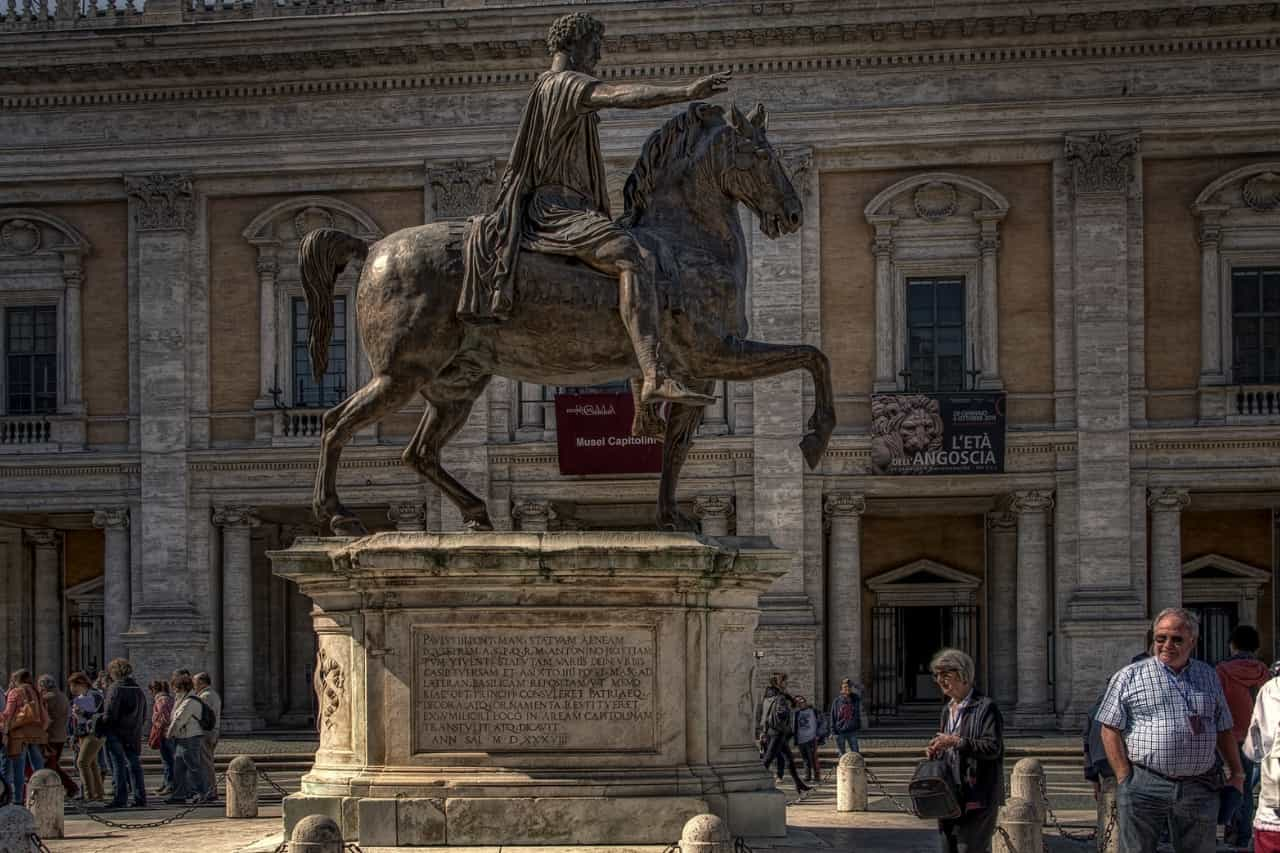
A bronze statue standing 13.9 feet tall, the Statue of Emperor Marcus Aurelius sits in the center of Piazza del Campidoglio. This is the only bronze equestrian statue that survived from that period. When it came to Capitoline Hill Rome in the time of Michelangelo,it was set there with the purpose of reviving the area.
Related article: Statues in Rome – 23 Must-see Pieces in the Eternal City
8. The Fountain of the Rome Goddess

Found at the Piazza del Popolo and free to see, Michelangelo designed this statue, and the 2 figures in it to represent the Nile and the Tiber rivers. This was also the goddess of birth, and she possessed the gift of prophecy. Going here midday can be a bit much because of the area having no shade.
9. Altar of the Fatherland of Vittoriano
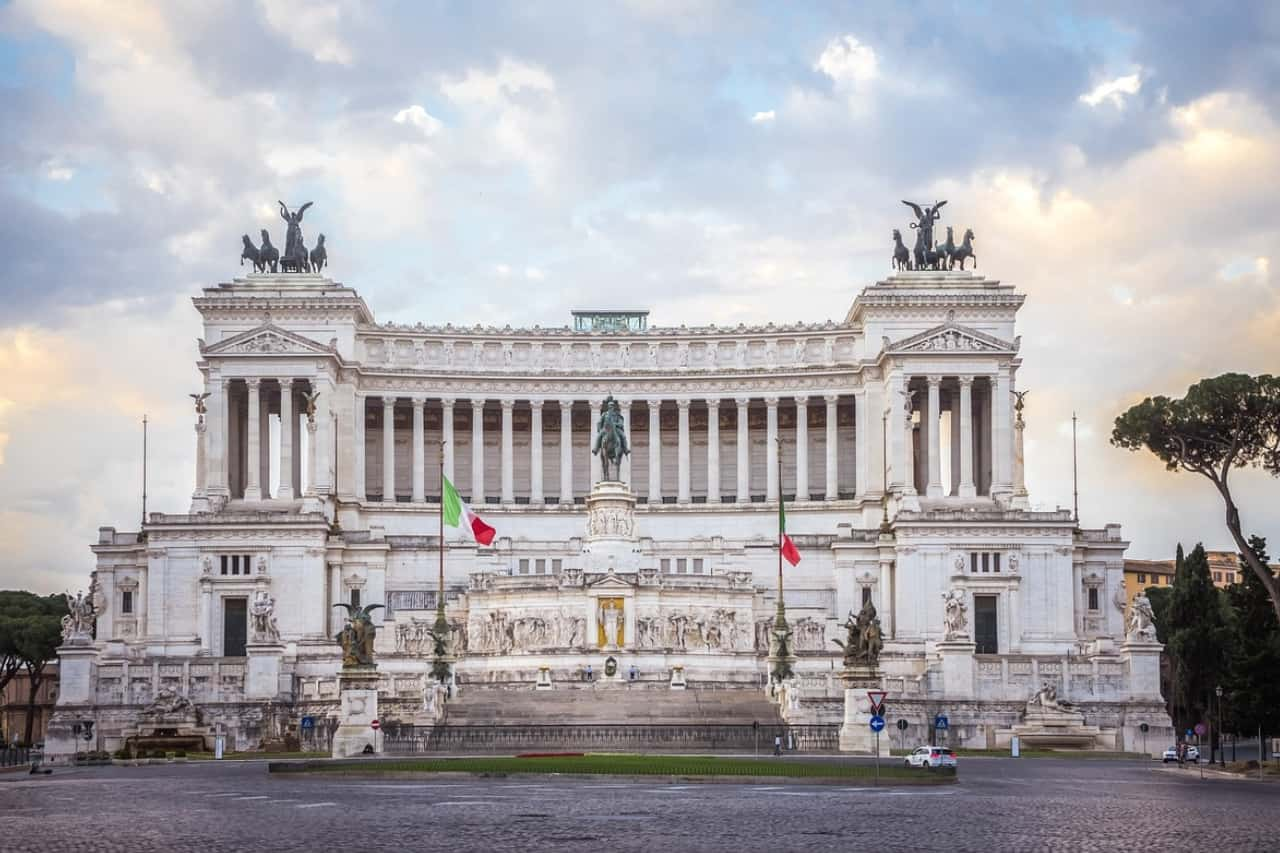
Perhaps the loudest and proudest monument in all of Rome, the Altar of the Fatherland is the most famous part of the Vittoriano. Most only admire it from a distance, unaware of the awesome vantage points of Rome and of the Colosseum that you encounter. Benito Mussolini once used this site as the backdrop of his speeches, so it’s a very historic place in Rome.
10. Cordonata Staircase

Another one of the structures that Michelangelo designed, this staircase leads up to the Piazza Campidoglio. For someone who would like a more dramatic entrance to Piazza Campidoglio, take the Cordonata Staircase. This is a historic artwork that gently rises, and the stairs are so small that people once rode horses up the staircase.
11. The Temple of Jupiter
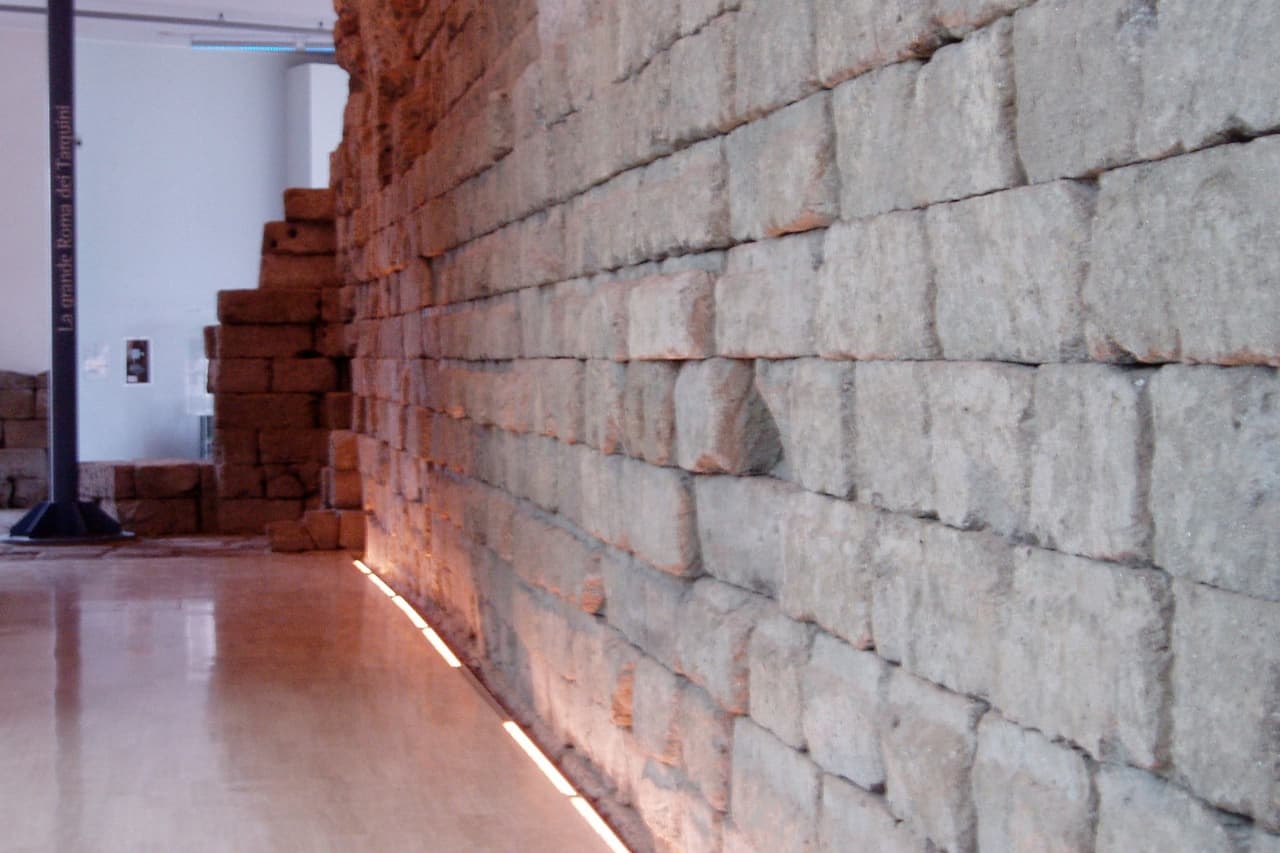
Located in Capitoline Hill Italy, the Temple of Jupiter was once one of the most important temples in ancient Rome. The early morning is the best time to visit because you can escape the crowds and the heat of the midday. Beware if you come in the winter season because while they leave it open year-round, the Temple of Jupiter may see fewer opening hours in the winter.
12. Replica of the Rome-She-Wolf
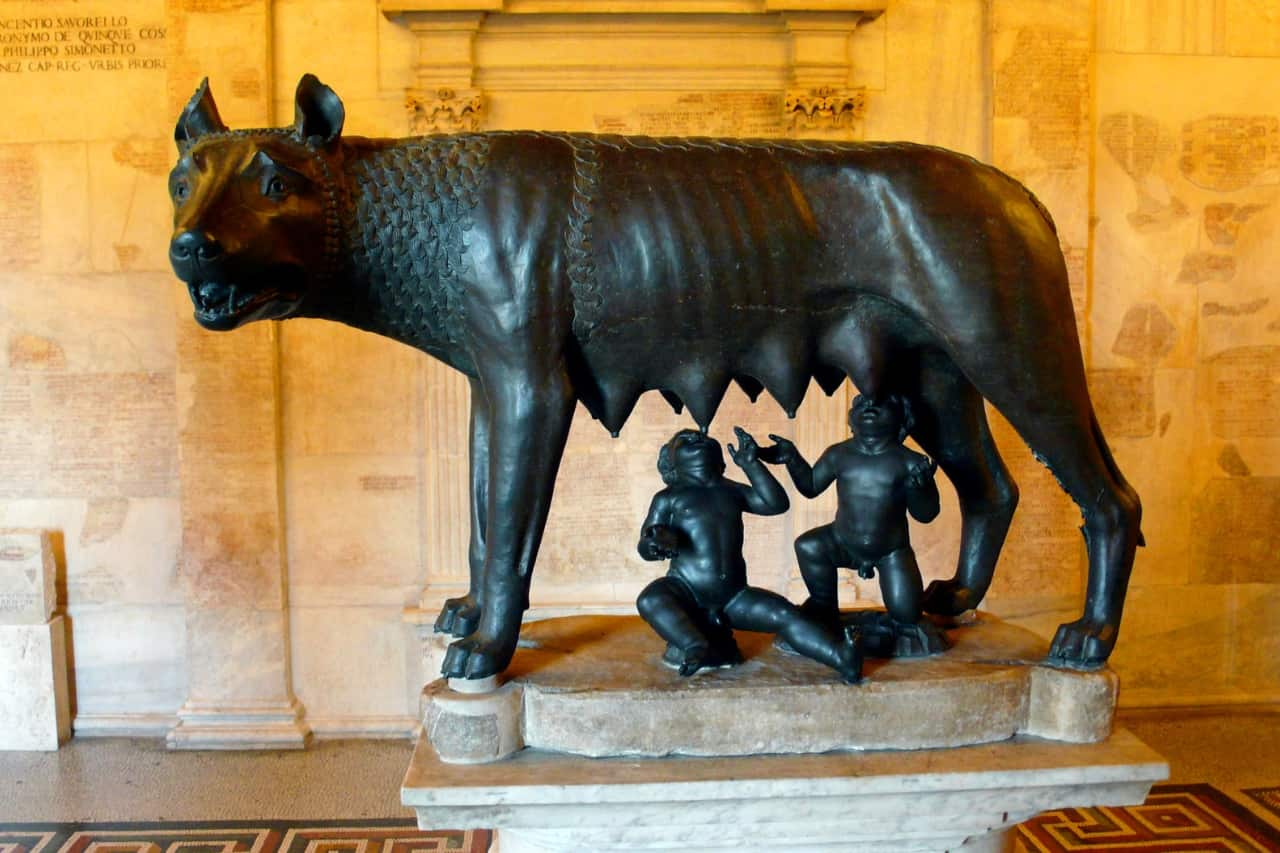
Designed for a 360-degree view, the Replica of the Rome-She-Wolf captures the essence of the founding of Rome. They do not have a “best” view of the statue, which is what makes it so wonderful. You will find her housed at the Capitoline Museums, and it matters because this statue shows you the mythology surrounding the founding of Rome.
Capitoline Hill in Rome Modern Context (Campidoglio)
You may ask, “What is Capitoline Hill?” Even today, this famous hill of Rome still represents the heart of Rome. Anyone who would like to know the Eternal City better would do well to visit this as a starting point since it holds many of Rome’s most cherished treasures. Today, most of this site is used for history and teaching about the rich heritage of Rome, and it’s a fascinating place to visit for that purpose.
Visiting Capitoline Rome Italy: A Practical Guide
You can get to Capitoline Hill Rome easily. Many of the bus lines, for example, will take you to this site. Lines to take to get here include C3, 810, 170, 60, and 8. Taking the bus here, many of the lines will stop at Venice Square, a few meters away. You will encounter others that stop at Via del Corso, and it’s just a matter of knowing which one takes you where.
The ideal time to visit any of the Capitoline Hill Museums is from 10 am to 2 pm. It costs €32 for tickets. You will need about 2 hours to see all the artwork here. Some of the nearby attractions would include the Pantheon, the Colosseum, and the Septimius Severus Arch.
FAQs About Capitoline Hill
Let’s take a look at some of the most frequently asked questions about this area. We frequently encounter these questions.
Is Capitoline Hill Worth a Visit?
Many visitors overlook Capitoline Hill, which would be a mistake because of so much history and artifacts from this region. You simply can’t go wrong with a visit to this part of Rome.
How Much Time to Spend at Capitoline Hill?
You should plan to spend a minimum of 2 hours at this location, but you can spend as much as 5 hours at this location to see everything it has to offer. Longer visits let you take your time and enjoy the moment.
Why is Capitoline Hill Important to Rome?
This was once considered the heart of Rome, and it holds many ancient buildings and treasures from Roman times. It served as the political and religious heart of the city with many temples and government buildings.
Featured Image Credits: Photo by fede 92 CC BY 2.0 DEED


